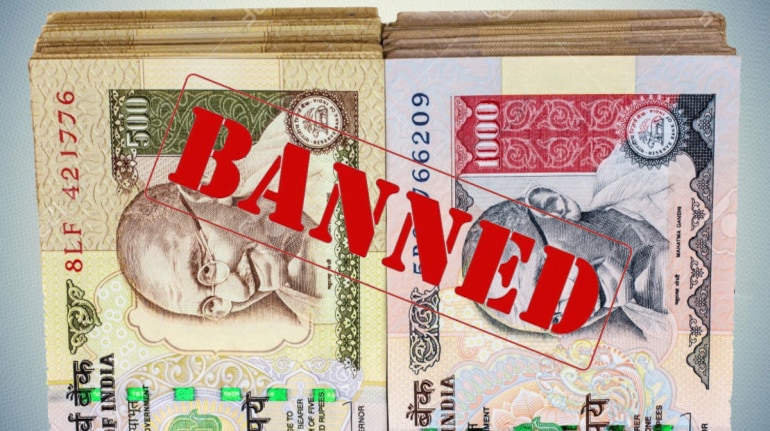



Reserve Bank of India's (RBI) latest annual report suggests a resurgence in the problem of counterfeit notes in the country.
Let’s begin with the numbers:
According to the annual report released last week, counterfeit notes increased by 10.7 percent in the last financial year that ended March. The central bank detected 101.9 percent more fake notes of Rs 500 denomination in FY22 on year, while fake notes of Rs 2,000 note increased by 54.16 percent.
Looking at the details, the RBI report showed there was an increase of 16.4 percent and 16.5 percent in the counterfeit notes of Rs 10 and Rs 20, respectively, in FY22. Fake Rs 200 notes rose 11.7 percent on year. The counterfeit notes detected in the denominations of Rs 50 and Rs 100 declined by 28.7 percent and 16.7 percent, respectively, the report showed. Out of those, 6.9 percent were detected at the RBI while the rest 93.1 percent at other banks.

So, what does this mean? Demonetisation failed to kill fake notes.
The Indian economy continues to remain in the grips of the counterfeit note maker even after six years of demonetisation which was touted as the biggest attack on fake note racket, black money and cash-based corruption.
Demonetisation of Rs 1000 and Rs 500 notes was announced in November 2016 which effectively wiped out 86 per cent of the currency in circulation causing a major cash shortage in the next few months. More than 99 per cent of the demonetised currency came back to the system through bank branches dashing hopes of big black money hunt.
As mentioned above, one of the targeted goals of this exercise was that notebank will catch fake currency rackets by surprise and end this menace.
But, as the evidence suggests in the following years, the problem is far from over.
Not a new trend
The trend was not very different in the immediate years after demonetisation too.
To give some numbers, fake Rs 2000 notes contributed about 61 percent of the total fake currencies seized, in terms of value, in the year 2018, according to National Crime Records Bureau (NCRB) data. In 2017, too, Rs 2000 fake currency notes had contributed over half of the total counterfeit notes seized--about 53 percent.
According to the ‘Crime in India 2018’ report by NCRB, a total of 54776 pieces of fake Rs 2000 notes worth Rs 10.96 crore were seized in 2018 out of the total 257243 pieces of fake currencies seized in number and Rs 17.95 crore crore in terms of value.
As the latest RBI report suggests, counterfeit mafias have found a way to get back to market and beat the legal scrutiny.
How do fake notes impact the economy?
Fake notes in circulation actually spike inflation. Circulation of large amount of counterfeit notes artificially increases the cash supply in the system thereby pushing up demand. Such a rise in demand in turn leads to higher inflation. Fake notes also distort assessments of the banking regulator and government agencies on currency in circulation. At a broader level, it gives rise to illegal transactions where no legal money exchange happens.
What is even more worrying is the reported rise in fake currency is only based on the quantity of fake currency notes seized by government agencies. The actual chunk of counterfeit notes in the system could be higher as government agencies typically lay their hands only on a fraction of the entire stock.
The latest RBI numbers are a wakeup call for law enforcement agencies on the extent of the problem and a clear reminder that what they are doing so far isn’t enough.
(Banking Central is a weekly column that keeps a close watch and connects the dots about the sector's most important events for readers).
Discover the latest Business News, Sensex, and Nifty updates. Obtain Personal Finance insights, tax queries, and expert opinions on Moneycontrol or download the Moneycontrol App to stay updated!